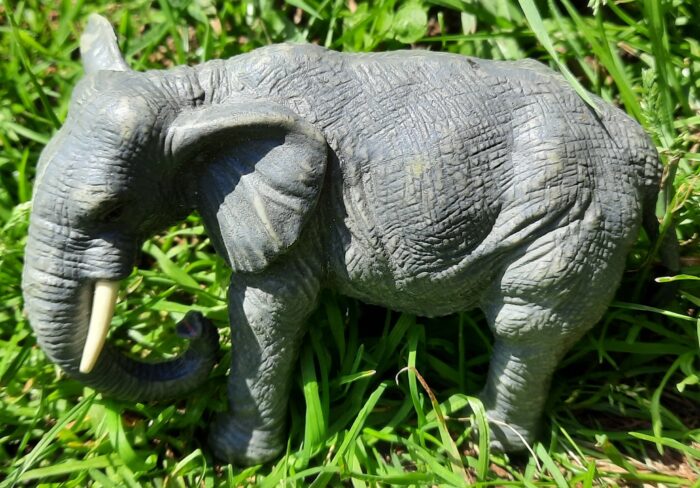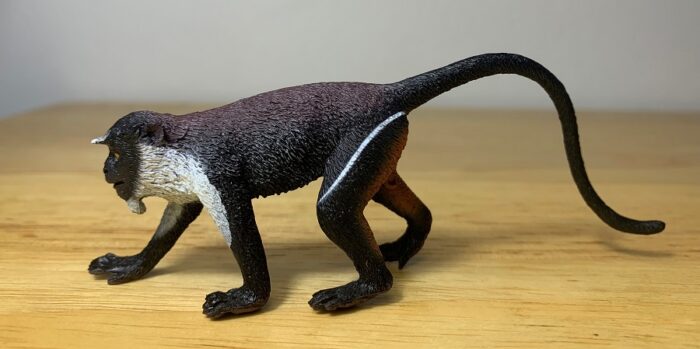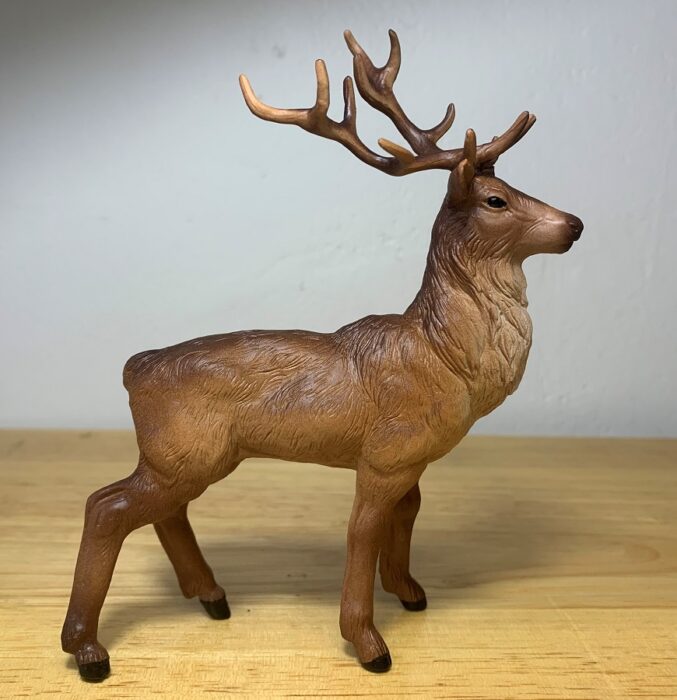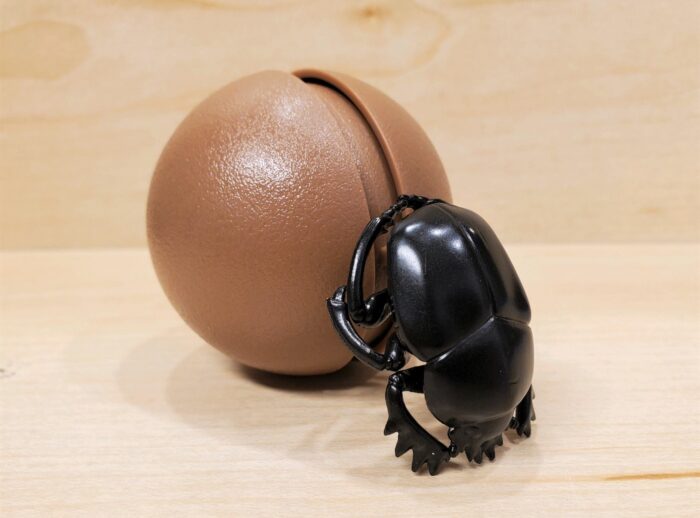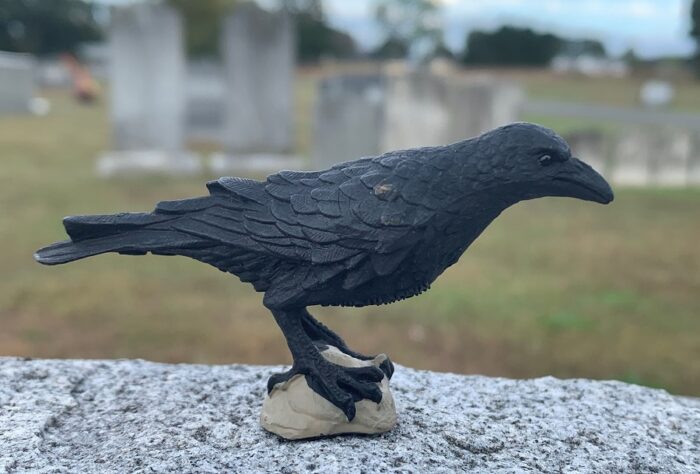Review and images by Suspsy; edited by bmathison1972
One of the most famous and most recognizable of all equids is the zebra of Africa, of which there are three recognized species: the plains zebra (Equus quagga), the mountain zebra (E. zebra), and the Grevy’s zebra (E.





